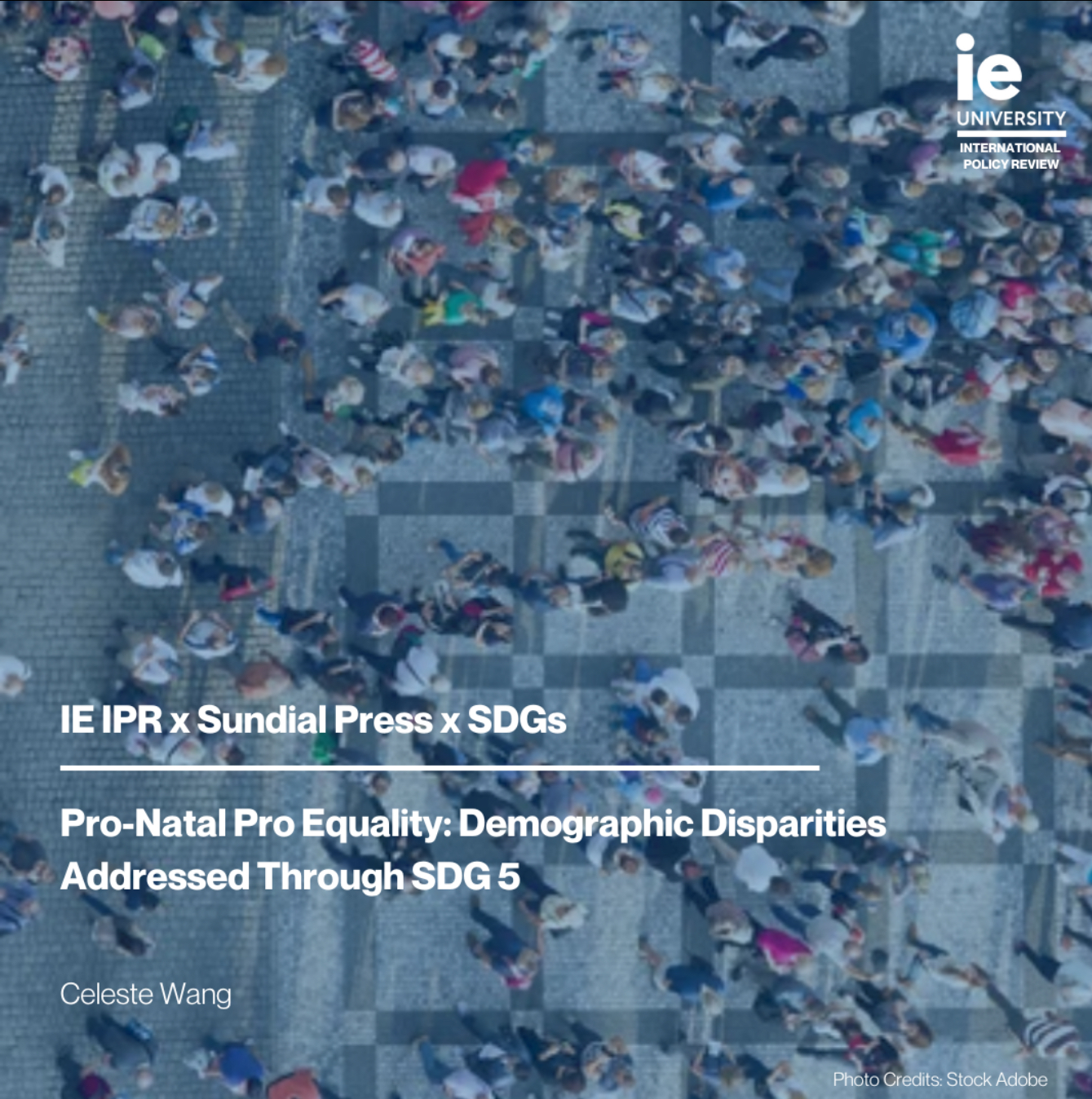
30 Jun Pro-Natal Pro Equality: Demographic Disparities Addressed Through SDG 5
Celeste Wang
SciencesPo Paris, Reims Campus, France.
Foreign Affairs.
E-mail: celeste.wang@sciencepo.fr.
Abstract
In the UN Secretary General’s report on progress made towards enhancing gender equality in 2016, significant accomplishments including increased access to education and reduced child marriage rates were reported. Through empirical research and policy analysis, we can determine the underlying catalysts of fertility decreases internationally, as well as the consequences of gender inequality. From changing personal choices to general attitude shifts in parenthood, normative drivers account for delays and announcements of having children. Causes for fertility declines include structural economic changes that increase the cost of raising children, and reward women for prioritizing career development over having children. Additionally, social barriers and pervasive gender norms disincentivize women from raising a family over the expectation of unequal divisions of household labor or jeopardizing their own ambitions.
READ THE FULL ARTICLE HERE
Keywords: Sustainable Development Goal 5, Gender Equality, Fertility, Population Demographics

Sorry, the comment form is closed at this time.